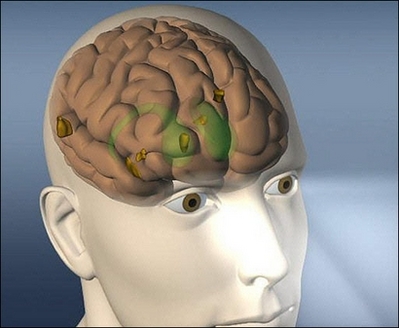Strokes cause brain damage in three minutes: study
Updated: 2008-02-16 17:52
VANCOUVER, Canada - Strokes cause brain damage within three minutes, scientists reported Thursday, casting doubt on the common public perception that all strokes can be medically treated within three hours.
 |
The findings show that prevention is the best strategy for one of the top killers in the developed world, said Dr. Tim Murphy, a neuroscientist at the University of British Columbia in this Western Canadian city.
"There's a lot of thinking, 'if I've had a stroke I've got to get to the hospital and I'll be OK as long as I get there in three hours," Murphy told AFP.
Some people can be helped within that time, but "I'm saying, there are structural changes that happen very early on, and so the best thing is to manage risk factors and alter lifestyle," Murphy said.
About 80 percent of strokes are ischemic, and are caused by a clot blocking blood flow to the brain, according to the Heart and Stroke Foundation of Canada, which helped to fund the research.
Such strokes are most often treated by clot-busting drugs (trombolytic therapy), if given in hospital within three hours.
"But the reality is, not everyone is a candidate for clot busting drugs, they don't always work," said Murphy.
Murphy said researchers induced strokes in laboratory mice by blocking blood flow to the brains of the animals. At the same time, they used a high-tech imaging technique, two-photon excitation microscopy, to create a "movie" that revealed the impact.
The mice experienced a "massive electrical discharge, called ischemic depolarizations, a wave of activity that spreads across the brain," and then experienced swelling in brain nerve cells, called neurons, said Murphy.
Normal connections between such cells are "a beautiful chain of wiring between one neuron and another that look like trees with elegant branches," said Murphy. "After a stroke they look like sausages (or) like beads on a string, and there's no neuronal activity."
Murphy said research shows quickly replacing the blood flow to the lab mice can reverse most nerve-cell damage, but some six percent of the connections can never return to normal.
The three-minute window before brain damage from a stroke doesn't give people enough time to even call for help, said Murphy. "We can't treat in three minutes."
But the findings may help people undergoing surgery that can trigger ischemic stroke, he said, because the three-minute window shows the urgent need for preventive measures.
Risk factors for stroke include smoking, being overweight, physical inactivity, alcoholism, diabetes, stress and cholesterol, said the foundation.
Strokes are the fourth leading cause of death in Canada, striking as many as 50,000 people and killing 16,000 annually in a population of 3.3 million.
Murphy was the lead author, with Ping Li, Kellen Betts, and Richard Liu, on the study published this month in the Journal of Neuroscience.
|
|
|
||
|
||
|
|
|
|